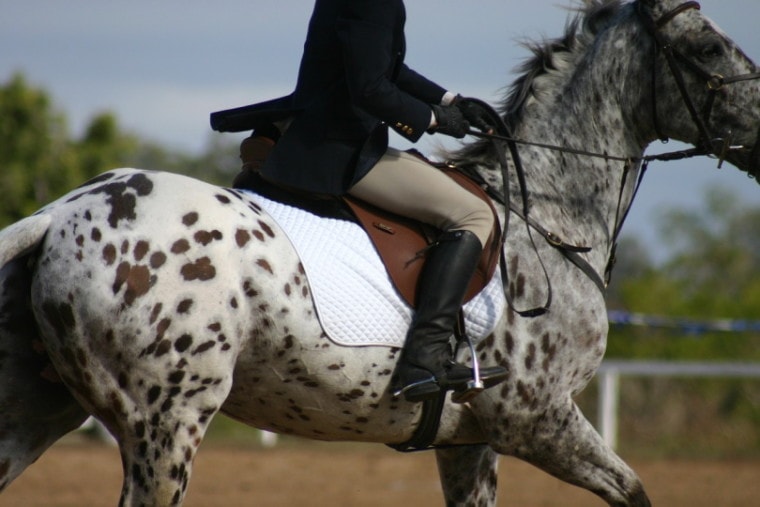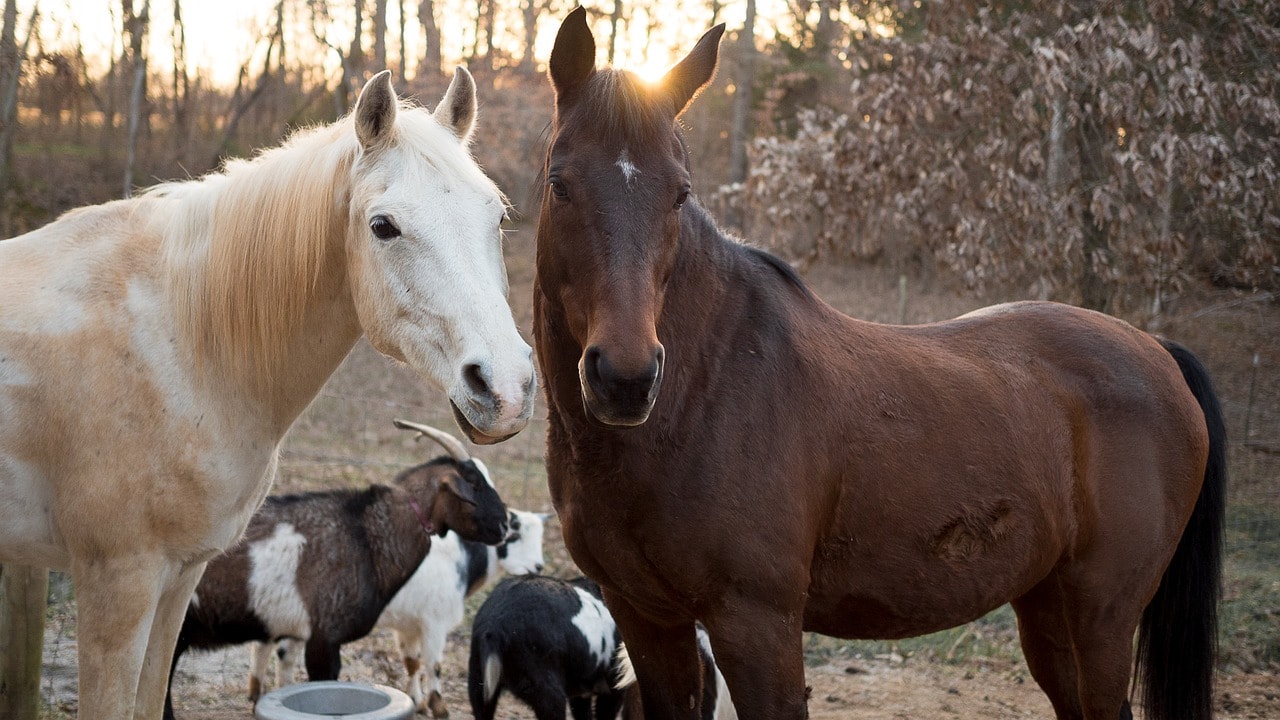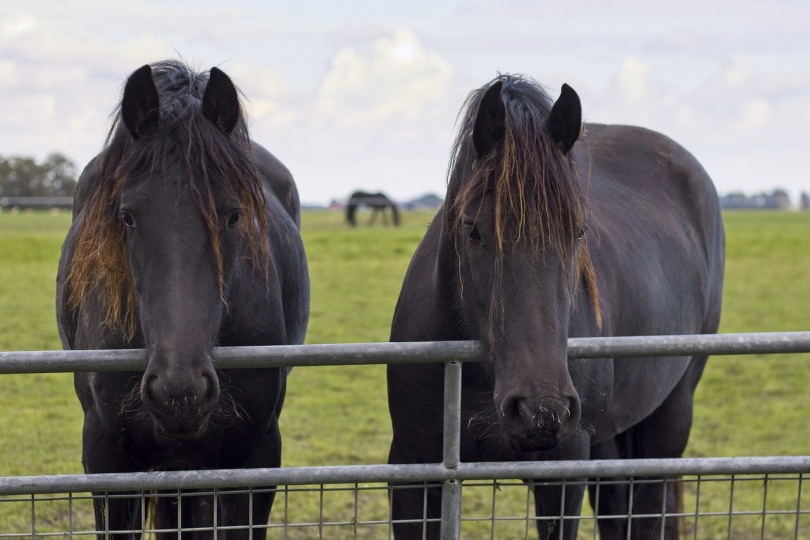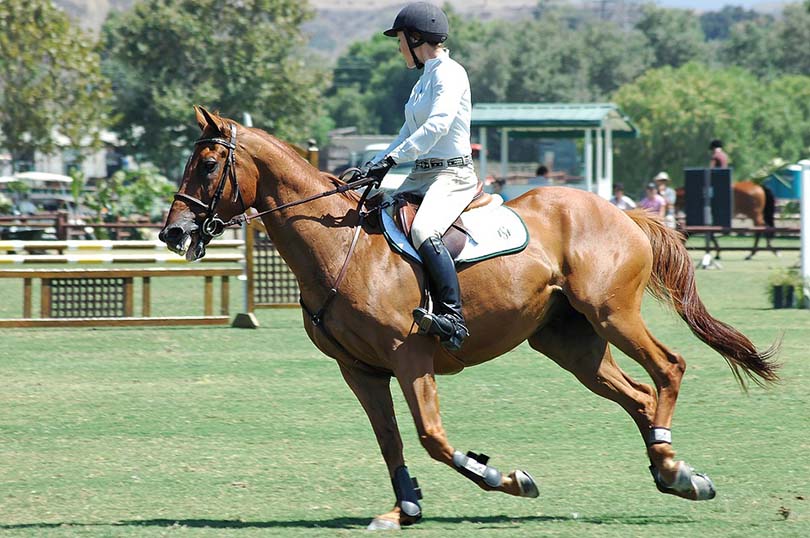
Horses take quite a while to mature. On average, horses don’t reach their full height until age 4-5. Warmbloods and drafts take even longer than that, growing for as long as 8 years. So, how old does a horse have to be to ride?
You may be able to ride a horse over the age of two, but it’s most important to be sure your horse is fully mature. Truthfully, ages vary based on the breed of the horse. More important are the full development of several physical features as well as emotional maturity. But we have compiled some really fantastic information on the subject.
 What’s a Good Age to Get a Horse Under the Saddle?
What’s a Good Age to Get a Horse Under the Saddle?
No horse should ever be ridden hard before its body is fully mature. These animals grow at a much different rate from, say, a domestic cat or dog. To ensure no damage to the horse’s growth process, it should be at least two years old.
However, many equine enthusiasts and professionals would agree that it’s better to wait between three and four years before starting the process. The actual time varies between breeds because they mature at slightly different rates.

Physical Developments
You should never rely solely on age when you decide to ride the horse. Horses need to have closed knees before you even consider riding them. If your horse has open knees, it means that they are not fully developed yet. Extra pressure on the joints can have serious impacts on growth.
Growth plates are above and below joints to grow and lengthen the bone. When knees are considered closed, that means the growth plates have shifted into the final bone form. Knees are almost always closed by three years, but you should keep your eye out anyway.
Mentality
In order to be a good candidate for riding, the horse must be ready to follow instructions. Some breeds or individual horses can be a little challenging to break, so you have to consider the patience needed—and how soon they are likely to respond to training.
Breed
Some breeds are ready to ride before others. Draft breeds and warmbloods tend to mature very slowly, so they won’t be ready for considerably longer.

Risks of Premature Riding
Because of bodily sensitivity during growth periods, it’s best to know the reasons why it does so much damage.
Joint Issues
Since extra weight puts pressure on the joints, it can cause lifelong issues that can be real trouble. It can even make a horse unrideable, which is a sad fate for many equines.
It can cause developmental orthopedic disease in young horses as well as contribute to juvenile arthritis. Treatments for these sorts of issues can be painfully expensive, so it’s best to avoid the possibility altogether.
Training Difficulties
If you try to ride a horse before they are mentally mature, it can be very challenging, to say the least. It simply won’t ever work out the way you think. It might also make them slightly harder to train in the long run due to potential inconsistencies.
Even if your horse looks physically sound and ready to ride, their overall mental attitude is the real determining factor.

Breaking Your Horse
Before you attempt teaching your young horse to ride, you should have your vet check them over. Once they do a physical examination, they can give you the go-ahead if they think your horse is ready.
The next step is familiarizing your horse with the bridle and saddle. It might take your horse a while to acclimate. But once they are used to these two pieces of equipment, you can introduce them to all the items as you go along.
A horse trainer will help you get started once your horse has accepted the equipment. Soon, they will accept riders and be trotting with the best of them.
 Conclusion
Conclusion
So, now you know it’s acceptable to ride your horse after two—but that’s not all you have to consider. Breed and overall willingness to learn say just as much about when your horse is ready. Before riding any horse, your vet should always examine and approve first.
To avoid future health issues, make sure that your horse has closed knees. Also, remember that mental maturity and readiness are just as necessary as physical, so let your horse show you when they are ready.
See also:
- How Much Do Horse Chiropractors Make? Average & Max Wages
- At What Age Should a Horse Stop Being Ridden? Our Vet Reviewed Guide
Featured Image Credit: sojourn-, Pixabay

 What’s a Good Age to Get a Horse Under the Saddle?
What’s a Good Age to Get a Horse Under the Saddle?





